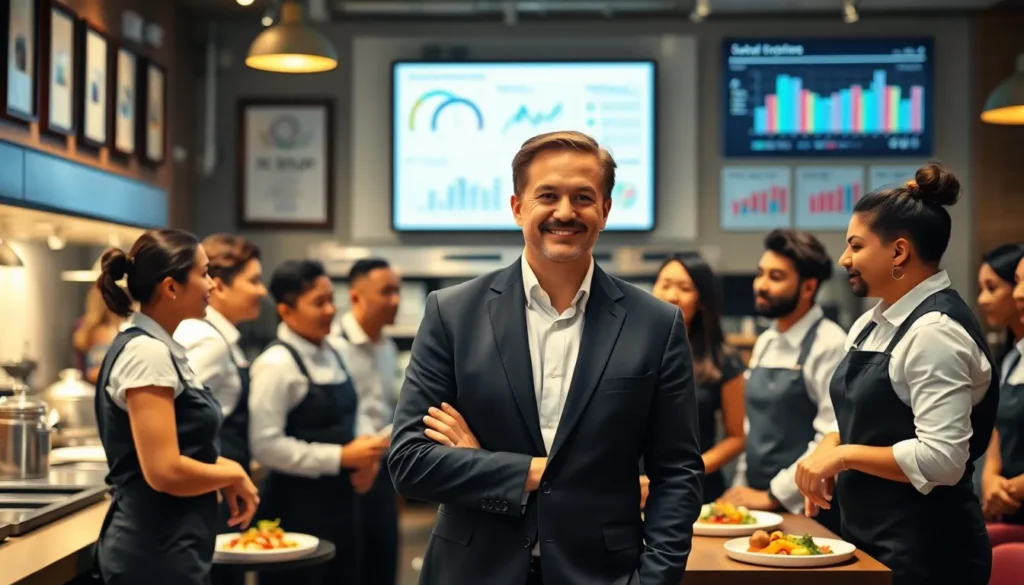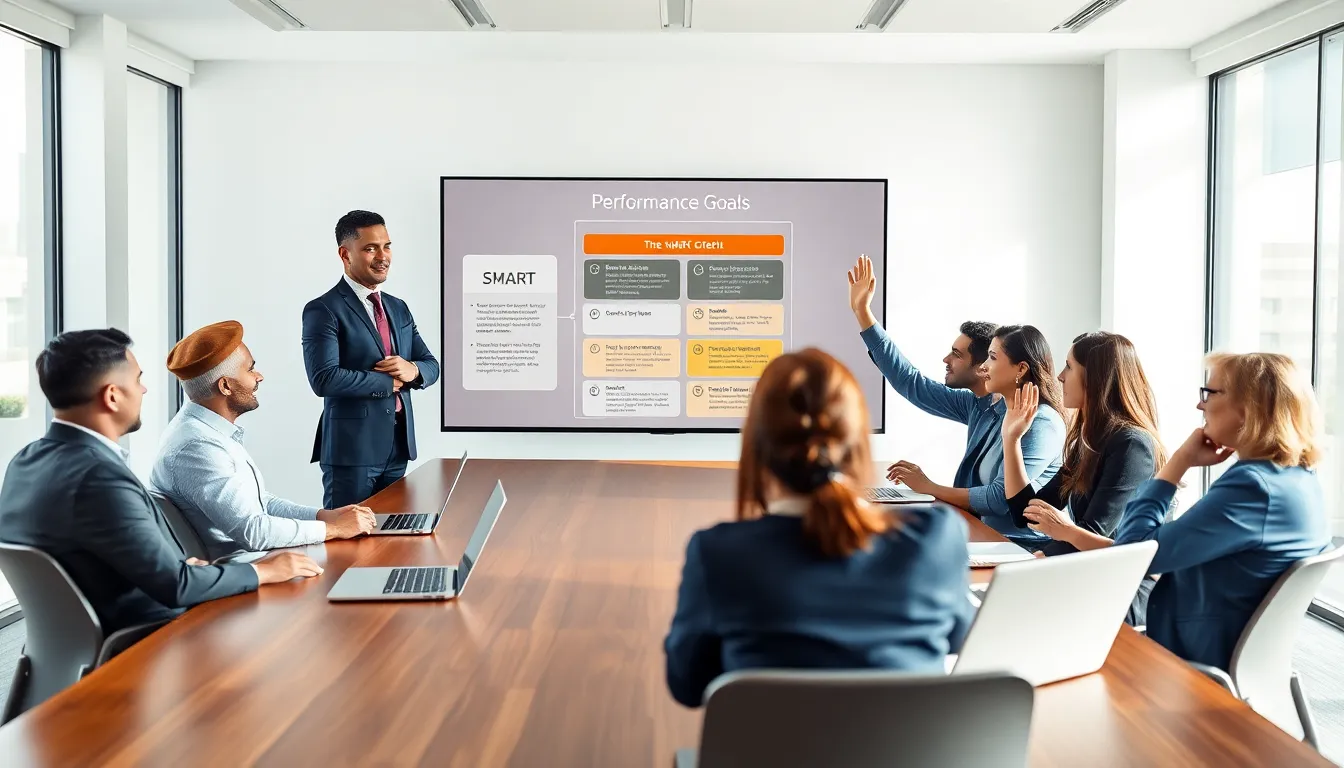In the bustling world of restaurants, effective leadership isn’t just a bonus, it’s the secret sauce that can make or break a dining experience. Ever wondered why some restaurants thrive while others barely survive? Spoiler alert: it’s not just about the perfect pasta or the fluffiest soufflé. A remarkable leader can transform a mere eatery into a favorite haunt. So, grab your apron as we explore critical leadership lessons that every restaurant leader should master.
Table of Contents
ToggleThe Importance of Effective Leadership in Restaurants

Effective leadership in restaurants acts as the backbone, steering the establishment through the bustling chaos of service and the constant demands of customers. Strong leaders not only influence the staff but also shape the restaurant’s culture. They create an environment where employees feel valued, contributing to reduced turnover and heightened morale.
Also, effective leaders set the vision and establish lofty yet achievable standards. They promote accountability among staff, ensuring that everyone understands their role and how it contributes to the overall success of the restaurant. Also, they demonstrate adaptability, a crucial trait that allows them to navigate challenges swiftly, whether it’s a staffing shortfall or a sudden dip in business. In essence, strong leadership breathes life into a restaurant, guiding it toward ongoing success and sustainability.
Building a Strong Team Culture
When it comes to the heart of a restaurant, it’s undoubtedly the team that makes everything click. A positive team culture fosters collaboration and embeds a sense of belonging, which is instrumental in creating seamless service experiences for customers. But how can leaders build this culture?
First and foremost, it starts with hiring the right people. Skill sets matter, but attitude and the willingness to work as part of a cohesive unit are paramount. Once you have the right team members, it’s essential to actively cultivate a supportive atmosphere, think employee recognition and opportunities for team outings that bond everyone.
Besides, incorporating feedback loops into your culture not only empowers employees but also drives improvement. Leaders should encourage team members to share their thoughts on everything from service policies to menu items. This sense of ownership legitimizes individual contributions and energizes the entire workplace.
Communication: The Key to Success
Communication is the glue that holds the restaurant together. Open lines of communication between team members and managers can enhance morale and avert misunderstandings. Regular staff briefings pre-shift can help clarify menu updates, special promotions, or changes in service procedure.
It’s also vital to maintain transparency about expectations and challenges. Suppose a manager hides issues or doesn’t share important information. In that case, it creates a breeding ground for confusion and resentment among staff, which eventually affects guest satisfaction.
Also, leveraging technology can improve communication. Restaurant management software can streamline order-taking and help real-time updates, keeping everyone informed at a moment’s notice. This not only enhances service efficiency but also fosters a team-oriented environment where everyone stays in sync.
Embracing Change and Innovation
The restaurant industry is a fast-evolving landscape filled with trends and shifting customer expectations. Leaders must not only keep their fingers on the pulse but should also be brave enough to embrace change. Whether it’s introducing new technology, experimenting with menu items, or implementing more sustainable practices, innovation can be a game-changer.
Consider how many successful restaurants transitioned to online ordering and delivery during unexpected challenges. Agile leaders recognized the need for adaptation, leveraging new platforms to reach customers where they were.
Creating a culture that not only accepts but also encourages innovation among team members is essential. Staff should feel empowered to bring forward new ideas and suggestions, fostering a dynamic environment that invites creativity and fresh perspectives.
Prioritizing Customer Experience
At the end of the day, restaurants exist for one primary reason: the customers. Hence, delivering an exceptional customer experience should be a top priority for any restaurant leader. This begins with training staff to uphold high service standards, ensuring that every guest feels welcomed and valued.
Collecting feedback directly from customers can significantly shape service improvements. Consider implementing methods such as comment cards or online surveys to gauge customer satisfaction and pinpoint areas for enhancement. By addressing customer feedback head-on, restaurant leaders can demonstrate that they truly value their patrons’ opinions.
Creating a memorable experience also involves paying attention to ambiance, menu offerings, and even social media interactions. Positive interactions across all touchpoints can turn first-time diners into loyal patrons, significantly boosting repeat business.
Training and Development for Continuous Improvement
Investing in employee training is a fundamental aspect of nurturing a successful restaurant. Continuous learning enables staff to enhance their skills, ensuring everyone remains competent in their roles. Formal training programs should not only cover technical skills needed for service but should also emphasize soft skills like conflict resolution and customer engagement.
Encourage cross-training within the staff. This builds versatility, allowing employees to step into various roles as needed. When staff understands different aspects of the operation, from cooking to dishwashing, they become more empathetic towards each other’s challenges, reinforcing team unity.
Besides, regular performance evaluations paired with opportunities for professional growth can significantly enhance job satisfaction. Leaders should actively support team members in pursuing certifications or attending workshops, showing commitment to both individual and team development.





